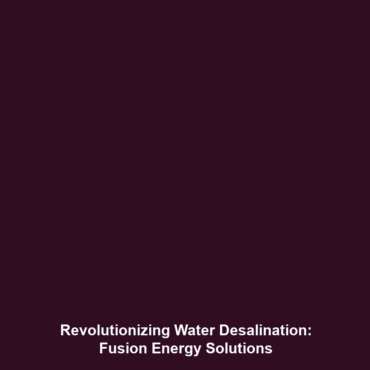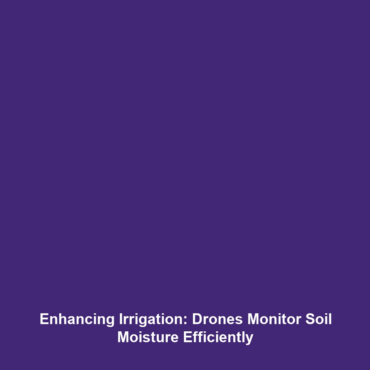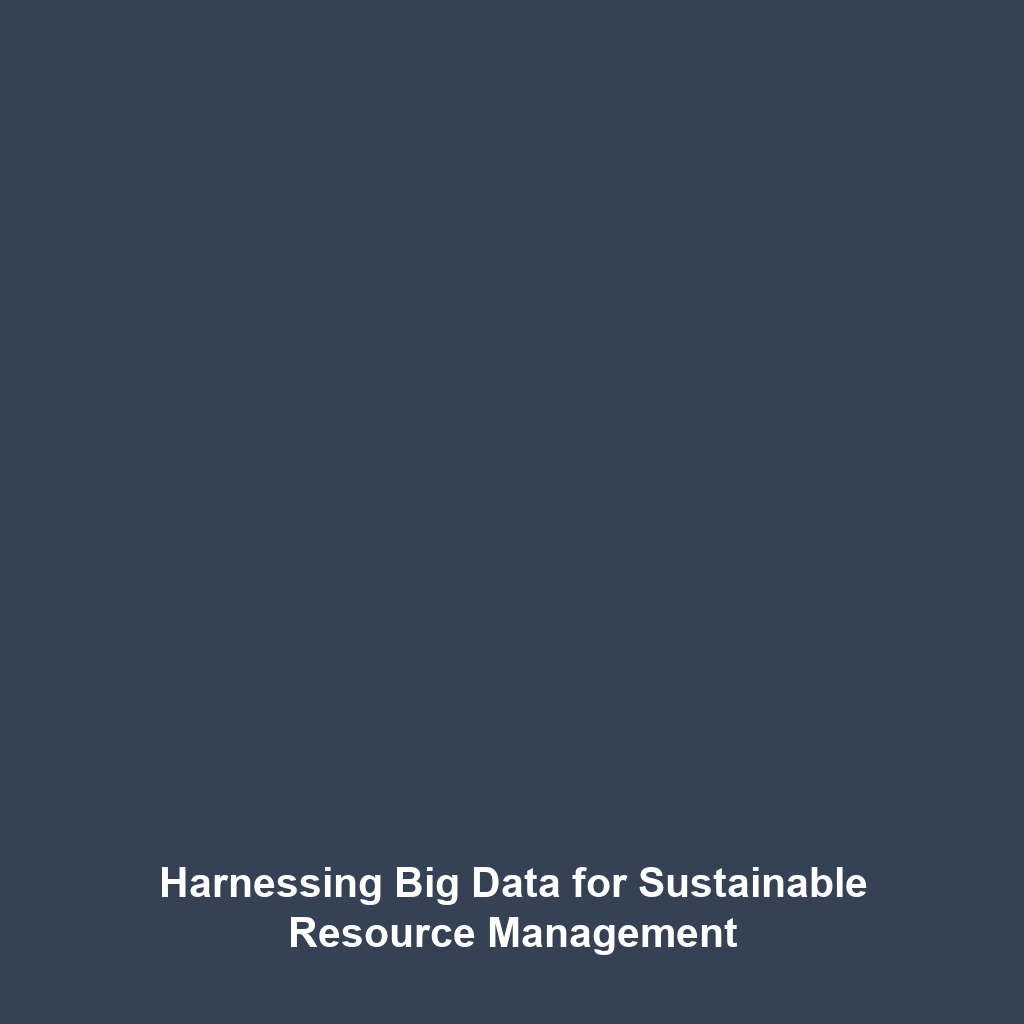Energy for Water Desalination: A Fusion Energy Perspective
Introduction
Energy for water desalination is increasingly significant in addressing global water scarcity, particularly in arid regions. As the world’s demand for freshwater rises, integrating advanced technologies like fusion energy offers promising solutions for sustainable desalination processes. This article delves into the intersection of energy for water desalination and fusion energy, highlighting the potential of fusion as a viable power source to transform the desalination landscape and ensure freshwater access in the future.
Key Concepts
Understanding Water Desalination
Water desalination refers to the process of removing salt and impurities from seawater or brackish water to produce fresh water. This process can be energy-intensive, and current methods primarily rely on fossil fuels, which can have significant environmental impacts. The integration of fusion energy into desalination processes could mitigate these effects by providing a clean, virtually limitless energy source.
The Role of Fusion Energy
Fusion energy, derived from the process that powers the sun, holds the potential to revolutionize energy production. By harnessing fusion, we can generate massive amounts of energy with minimal environmental consequences. The applicability of fusion energy in water desalination systems offers a sustainable alternative to traditional energy sources, supporting efforts to meet global water needs.
Applications and Real-World Uses
The fusion energy sector is exploring various applications for energy in desalination, including:
- Thermal Desalination: Utilizing heat generated from fusion reactors to drive multi-effect distillation and thermal vapor compression processes.
- Electrodialysis: Employing electric fields generated from fusion systems to remove salt ions from seawater efficiently.
- Reverse Osmosis: Implementing fusion-derived electricity to power high-pressure pumps necessary for desalination through reverse osmosis membranes.
These practical uses illustrate how energy for water desalination can seamlessly integrate with fusion energy technologies, enhancing water resource management.
Current Challenges
Despite the potential benefits, there are significant challenges associated with the integration of energy for water desalination and fusion energy:
- Technological Maturity: Fusion energy technology is still in development stages, limiting its immediate application in desalination.
- Cost and Infrastructure: High initial investments and the need for compatible infrastructure may hinder adoption rates.
- Public Perception: Misconceptions and fears surrounding fusion energy (safety concerns) could impede support for its use in vital sectors like water desalination.
Future Research and Innovations
Emerging research and innovations are paving the way for future advancements in energy for water desalination using fusion energy:
- Hybrid Systems: Developing hybrid systems that combine renewable sources with fusion energy to optimize desalination efficiency.
- Advanced Membrane Technologies: Innovations in membrane materials that can withstand higher pressures from fusion processes, enhancing reverse osmosis effectiveness.
- AI-Driven Optimization: Integrating artificial intelligence to enhance operational efficiencies in both fusion reactors and desalination systems.
Conclusion
Energy for water desalination represents a critical component in addressing global water shortages, and its integration with fusion energy offers a path towards sustainable solutions. As research progresses and technologies develop, the fusion energy sector stands to make a substantial impact on the future of water desalination. For further insights on renewable energy solutions, explore our articles on renewable energy potentials and fusion energy advancements.




